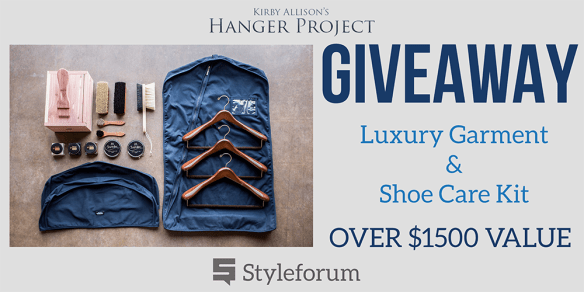A braided belt is hardly a novelty, but we’ve been seeing a lot of them on our Instagram feed in the past few weeks; sure, it could be a sign of the imminent warm season, but it could also signal a desire for more elaborate accessories as humanity slowly emerges from months of isolation. If experts are right and we can expect the “Roaring 20s” to come back, we can reasonably believe that fashion trends will lean towards dynamic and creative styles to reflect the optimism that permeates our society.
Truth be told, in the realm of classic menswear a braided belt is as dynamic and creative as they come – if we choose to ignore fun ties and (gasp!) socks.
Even if social uniforms are getting more and more relaxed and braided belts might be something we can expect a manager to wear soon, this article will refer to braided belts as a traditionally casual accessory and we’ll feature outfits that treat is as such. But first, a bit of history for context.
Leather braiding is an ancient craft: it is hard to pinpoint a time and place in history when it started being used, but we know it was present in South America over four centuries ago and in South Africa even further back. The Moors introduced the craft of making leather and braiding it to the Spanish during their rule, and that was the start of Spain’s centuries-long tradition of leather craft. Mexico has a tradition of braiding leather as well, which was brought to California and adopted by cowboys to make headstalls, reins, and other horse gear. Ultimately, bolo ties –a Native-American neckwear style– are perhaps the most iconic braided leather accessory before braided leather belts were introduced.
The first machine-made leather braided belts were created in Italy by Manifattura di Domodossola. Originally, the company produced cables, braided trimmings, and ropes for ships, and only in the 80s did they introduce a machine to produce belts featuring braided leather and elastic material; before then, such belts were made entirely by hand.
What’s the appeal of a braided leather belt?
At first, it may seem like an unnecessary frill, since bridle leather belts have existed for centuries and serve the same purpose. However, while we’re not opposed to attributing the existence of something to purely aesthetic reasons (we are all drawn to beauty after all), braided leather belts do offer a couple of benefits compared to their plain counterparts.
First, there is the matter of sizing and holes. We carefully pick a belt based on our waist size only to get frustrated when weight fluctuations throw balance out the window. Braided belts remove this design limitation, as one can simply pop the prong in between the leather stripes to find the perfect length.
Second, the elastic quality of braided leather, even if minimal, makes it particularly comfortable as some stretching occurs when the wearer sits down or moves around; this benefit is even greater if the belt is made of leather as well as elastic fabric, which stretches even further.
However, aesthetic reasons alone would be enough to justify the existence of braided leather belts: they introduce a textured element to the outfit, in many cases completing it. Below are a few examples picked from the #Styleforum hashtag on Instagram.
And here is a selection of braided leather belts in case we’ve convinced you it’s a piece worth of your wardrobe:
Handwoven: Nisolo
Suede: Anderson’s 2,5 cm: Anderson’s
2,5 cm: Anderson’s Cotton/leather: J. Crew
Cotton/leather: J. Crew
Elastic structure: Farnese







